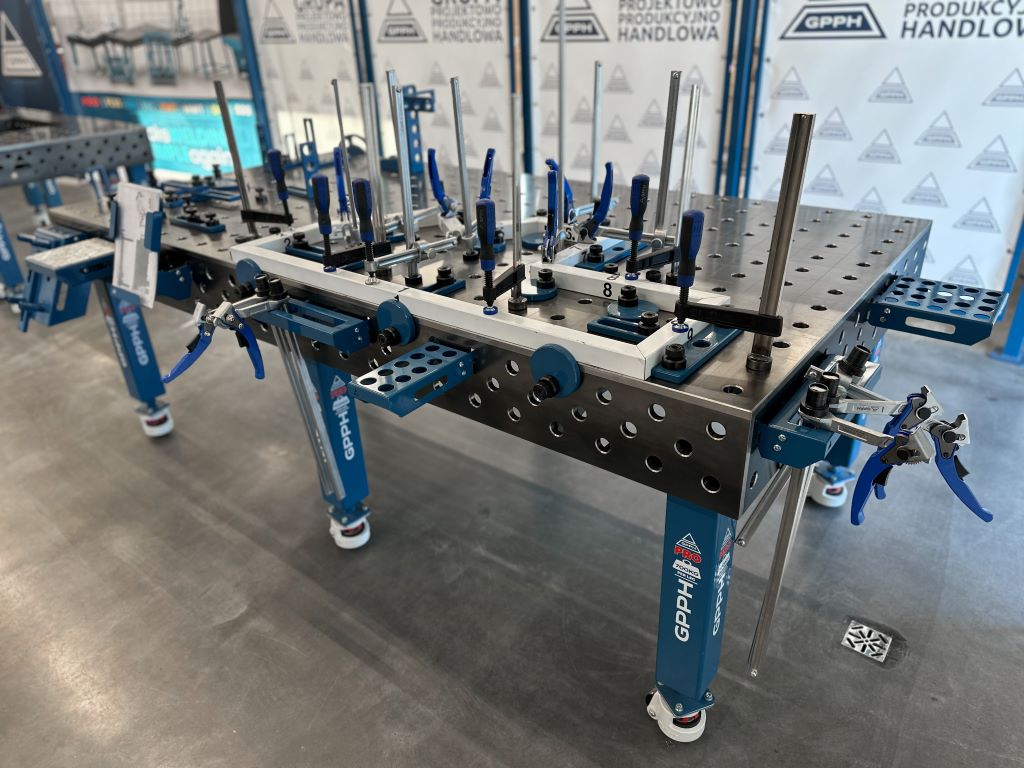Welding on a welding table offers numerous advantages over traditional methods, providing a stable and customizable platform that enhances precision and efficiency in welding operations. Understanding the fundamentals of welding on these tables involves familiarizing oneself with essential tools, materials, and techniques tailored for optimal performance.
Introduction to Welding on Welding Tables
Welding on a welding table involves using a specialized surface designed to support various welding tasks. Unlike conventional setups, these tables are equipped with features like precision-machined surfaces and modular fixtures that facilitate accurate positioning and secure clamping of workpieces. This setup not only improves the quality of welds but also enhances safety and productivity in workshop environments.
Basic Tools and Materials
To begin welding on a welding table, certain tools and materials are essential. These include welding machines (such as MIG, TIG, or stick welders), protective gear (like welding helmets and gloves), and consumables (electrodes, filler metals). The choice of tools and materials depends on the specific welding technique and the type of metal being welded. Welding tables from GPPH Group are renowned for their durability and precision, making them ideal for various welding applications. Explore GPPH’s premium welding tables here.
Basic Welding Techniques
Several fundamental welding techniques are commonly employed on welding tables:
- Tack Welding: Used to temporarily hold workpieces together before completing the final welds.
- Butt Joint Welding: Involves joining two pieces of metal along their edges in a single plane.
- Fillet Welding: Creates a triangular cross-section between two pieces of metal joined at right angles.
- Plug Welding: Joins two overlapping pieces of metal by filling a hole in the top piece.
Each technique requires precise control over heat input, welding speed, and electrode positioning to achieve strong, consistent welds. Welding tables provide the stability and adjustability needed to maintain these parameters, ensuring weld quality and reducing the likelihood of defects.
Conclusion
Welding on welding tables is a cornerstone of modern welding practices, offering enhanced precision, safety, and efficiency. By understanding the basics of tools, materials, and techniques involved, welders can optimize their workflow and achieve superior results. Investing in high-quality welding tables, such as those offered by GPPH Group, ensures durability and reliability in demanding industrial environments. Visit GPPH Group’s website to explore their range of premium welding tables and discover how they can elevate your welding capabilities.
This comprehensive guide serves as a foundational resource for welders looking to enhance their skills and achieve consistent, high-quality welds on welding tables.

